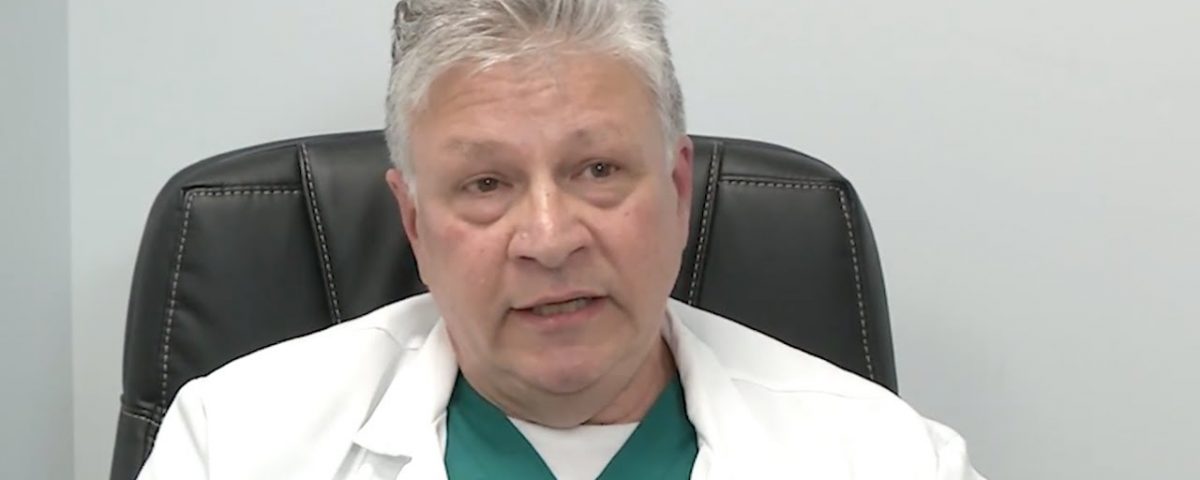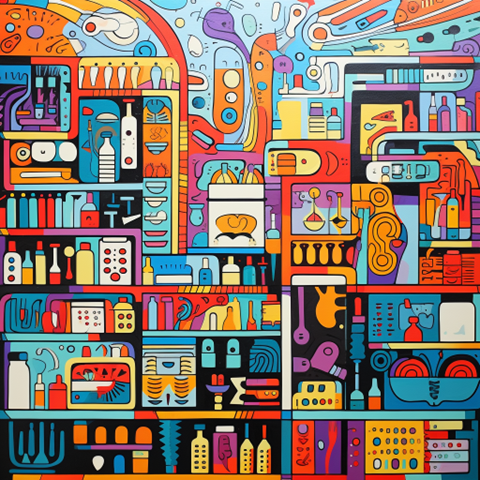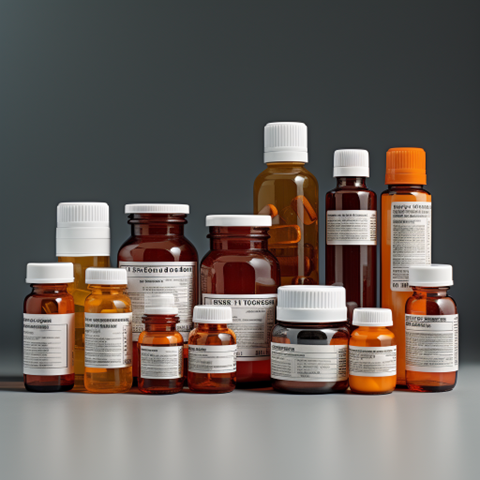Infectious Disease doctor Andrew Pugliese, M.D. is a pioneer in the non-surgical treatment of acute and chronic sinusitis. He has been practicing medicine for more than 20 years and is triple board certified in infectious disease, sleep and internal medicine. He recently sat down to share with us some of his experience in using next Generation DNA sequencing in the care of his patients. Specifically, Dr. Pugliese explained how the ability to identify multiple different species of pathogen is vital to the care of certain wounds, especially when the infection has developed into a biofilm state.
“I had heard about biofilm,” Dr. Pugliese told us, “but really didn’t understand just how complex biofilm was and that how the multiple organisms involved in the biofilm formation could really have a negative impact on my treatment of these chronic infections.”
He shared with us a specific case where in the ability to identify all of the pathogens in an infection made a big difference. “Patient with a diabetic foot ulcer, the only thing that grew was Pseudomonas by conventional therapy,” he explained. “The patient was being treated with ciprofloxacin. However, DNA analysis showed that there were several anaerobes involved and they were the predominant organisms that were involved in the biofilm formation of that chronic wound. Your results were skewed because you’re treating for one organism which only made up a minority of the biofilm and yet the organisms that were actually causing the pathology weren’t being addressed at all because they didn’t grow well on conventional media. Closed-space infections, it makes perfect sense to use DNA sequencing because again for the same reason if you have anaerobes in there, if you have fungus in there, all of that is going to be missing if you use a routine culture.
“What is the benefit of having sensitivity to that one organism, when there may be 15 organisms in there creating the pathology?” he said. “That is where you want to use DNA sequencing because obviously, you’re missing something important.
“This revolutionized the way I practice the management of chronic infections.
“Especially not only in chronic wounds but in chronic sinusitis. My point of view has always been the organism may itself not be pathogenic, but if it’s in the wrong place, it can be potentially pathogenic. And once you create that biofilm and you start sharing genetic material, the more number of species that are involved in that chronic infection, the more recalcitrant it’s going to be to therapy.
“It is important to know what you’re dealing with from the get-go as far as the number of organisms,” Dr. Pugliese explained. “These patients didn’t develop this infection overnight. These infections are going to be pretty resistant to therapy so you know you’re in it for the long haul. How you treat is going to be based on where the location of the wound is. What you have available to you and then you can make decisions. We use a lot of topicals when we’re dealing with chronic wounds in the wound care center. Once we have a better idea of what we’re dealing with on a polymicrobial basis, we are able to treat more appropriately and reduce the recurrence rate of that chronic infection dramatically.”
To get better diagnostic treatments from Andrew Pugliese, M.D., please find his info below:
INFECTIOUS DISEASE CONSULTANTS
Address: 6916 McGinnis Ferry Rd, Duluth, GA 30097
Phone: (678) 473-9475
http://www.idcga.com
To learn more about MicroGen DX, explore the links below.
- https://www.microgendx.com/
- https://www.facebook.com/microgendx/
- https://twitter.com/microgendx
- https://www.instagram.com/microgendx/
- https://www.tumblr.com/blog/microgendx



